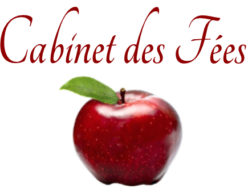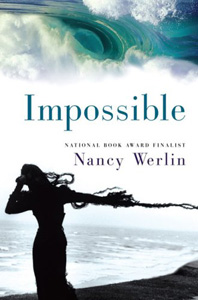Impossible
by Nancy Werlin, 2008.
Reviewed by Donna Quattrone
 One curse, two people in love, three impossible tasks.
One curse, two people in love, three impossible tasks.
This tale is shaped around an old folk ballad, sprinkled liberally with traditional fairy tale motifs, and served up with a strong female heroine. It merges the classic with the thoroughly contemporary, fantasy with reality, and it sings.
At 17, Lucy Scarborough is about to face the most challenging year of her life. Her certifiably crazy biological mother is invading the peaceful family life long established by her adoptive parents. Her prom turns into a nightmare beyond your wildest imaginings. Lucy discovers that she is pregnant, and to make matters even worse, her biological mother’s cryptic ravings might actually point to the cause: a curse that has been laid upon each generation of Scarborough women, passed along through the years from mother to daughter.
In many ways, Impossible is a love story, complicated by the ever meddling fey. Thanks to one particularly moody Elfin Knight, Lucy becomes immersed in an age-old battle that explores the distinction between love and possession, a difficult territory to navigate even without Otherworldly interference. While Lucy has no lack of earthly champions, the mix of passion, impending motherhood and the threat of madness compel her to examine the depths of heart and mind in order to determine not only what is real, but also that which is true.
Impossible can be categorized as a quest tale as well, and it is the appropriation of the three-fold heroine’s journey that gives this book an additional fairy tale flavor. Lucy’s struggle to unravel the secrets of her legacy and her attempt to derail her predetermined destiny revolves around the completion of three seemingly impossible tasks detailed within the lyrics of a song. She approaches these tasks with wit, determination, and a charmingly effective knowledge of fairy rules (and how to bend them).
Along with the fantastical elements that Impossible contains, Werlin also chronicles a roadmap of ideologies pertaining to both family and romance. Like any good fairy tale, this book explores relationship dynamics that are both timeless and right on target for their intended audience, which in this case is broad enough to encompass both teens and adults. Poignant without being sentimental, exemplary without being preachy, the importance of community, family and finding true love are contextualized within the classic fairy tale paradigm that charts the transformative but often bumpy road to Happily Ever After.

